By Penny Pawl, UC Master Gardener of Napa County
Occasionally you may see things sprouting around your garden that you know you did not plant. Are they mushrooms or toadstools, or is there perhaps another fungus among us?
Mushrooms and toadstools are all fungi and come from spores growing on decaying materials in your soil. They are working for you by breaking down decaying materials and adding to the health of your soil.
In the distant past, people believed that toads lived on toadstools, hence the name. People used the word “mushrooms” for edible types and “toadstools” for the types thought to be toxic. Scientifically, they are much alike. The mushroom is the fruiting body of the fungus, and the frilly gills underneath produce the spores. Unless you are very knowledgeable, do not eat any wild mushrooms; some are edible but many are poisonous.
Dr. Gordon Walker is a fungus expert. In a recent Zoom talk for Napa County Master Gardeners, he explained how fungi grow, their many benefits and the problems they can cause. On his Facebook page, Fascinated by Fungi, he explains where mushrooms grow, what types they are and if they can be eaten. He shows a lot of images of fungi growing right here in Napa County.
I have spread a lot of compost and bark in my yard over the years, and a variety of fungi have appeared. These decomposers are breaking down the mulch. Some fungi, such as Armillaria, grow on living trees. This fungus grows in wet soil and affects oak trees and other woody plants; it is also known as oak root fungus. If the roots or bark have been damaged from tilling or other injury, the fungus can take hold. By digging out the area around the trunk to let it dry, you can often stop the fungus infection. If not stopped, it can kill an oak tree. I live in a flood zone and this fungus also killed my birch trees within a few years. Flood waters carried it in and left it in the soil.
If you want to get rid of mushrooms and toadstools in a lawn, first clean up the area. Remove grass or leaf litter, add nitrogen to the soil and dispose of the mushrooms and toadstools. Do not put them in your compost pile. Move out any grass that may be left and move the soil around with a rake to expose and dry out any spores left behind.
Other fungi can attack the heartwood of an oak tree and kill the tree. Some attack the dead wood. There is nothing you can do once the fungus is inside the tree and has spread to the trunk. But to prevent it from spreading further, prune back all affected branches close to the branch collar. Once you see fungi on the trunk, they are inside the tree.
Mycorrhizae are beneficial fungi that grow on the roots of oaks and other trees. The fungi contribute to soil health. Mycorrhizae help with water uptake and the general health of the tree. It is a good practice to leave leaf litter around an oak to encourage mycorrhizae. It is important not to till near oak roots and disturb this fungus in the soil.
Slime mold is not a fungus, but it often appears during cool wet spring weather. It was once considered a fungus, but after more research it has been reclassified. There are more than 900 species of slime mold, and they grow on decaying material. While they are single-cell organisms, when food is scarce and conditions advantageous, they often converge and create a patch. These patches can be bright yellow, orange, brown or grey. Once they gather and create spores, they seem to dissolve and disappear within a few days. Slime molds, too, are part of healthy garden soil and reflect a living garden in springtime.
Food Growing Forum: Second Sunday of the month through November. Sunday, May 9, 3 pm to 4 pm: “Beans and Summer Pruning of Fruit Trees.” Register to get Zoom link: https://ucanr.edu/survey/survey.cfm?surveynumber=33586
Workshop: On Saturday, May 1, UC Master Gardeners of Napa County will hold a virtual workshop on “Flowers & Foliage for the House” from 10:00 am to noon. Learn about growing your own annuals and perennials for cutting and get tips on creating arrangements. Register to get the Zoom link: http://ucanr.edu/2021Flowers&FoliageMay
Library Talk: On Thursday, May 6, from 7 pm to 8 pm, UC Master Gardeners of Napa County will hold a virtual talk on “Right Tree, Right Place: Making Smart Tree Choices for Your Landscape.” Register to get the Zoom link: http://ucanr.edu/2021MayRtTreeRtPlace
Tree Walk: On Tuesday, May 11, from 10 am to noon, UC Master Gardeners of Napa County will host a docent-guided tree walk in Fuller Park in Napa. Group size is limited to seven. To register: https://bit.ly/2Qg3tib
Got Garden Questions? Contact our Help Desk. The team is working remotely so please submit your questions through our diagnosis form, sending any photos to mastergardeners@countyofnapa.org or leave a detailed message at 707- 253-4143. A Master Gardener will get back to you by phone or email.
For more information visit http://napamg.ucanr.edu or find us on Facebook or Instagram, UC Master Gardeners of Napa County.
Attached Images:
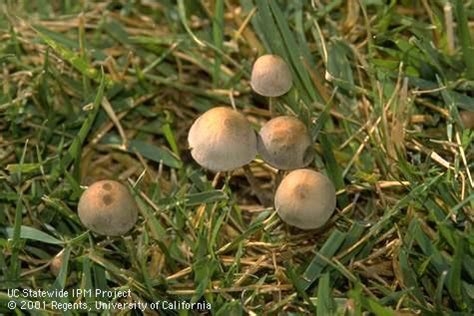
Fungi in lawn. (UC IPM)

Fascinated by Fungi, Gordon Walker. (gordonwalkerconsulting.com)
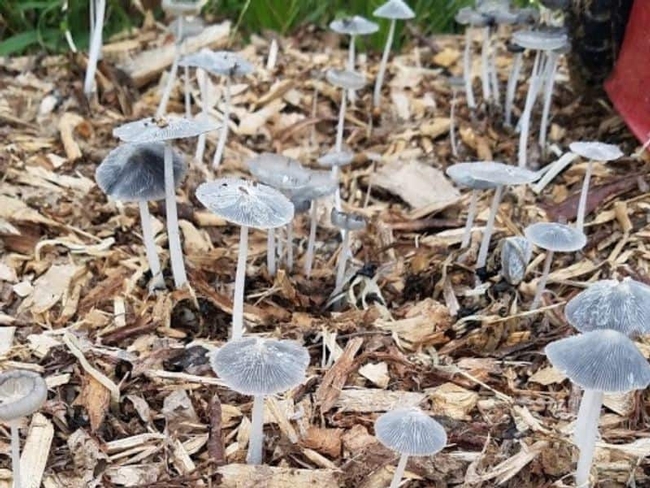
Bark compost with fungi. (backyardgardenlover.com)
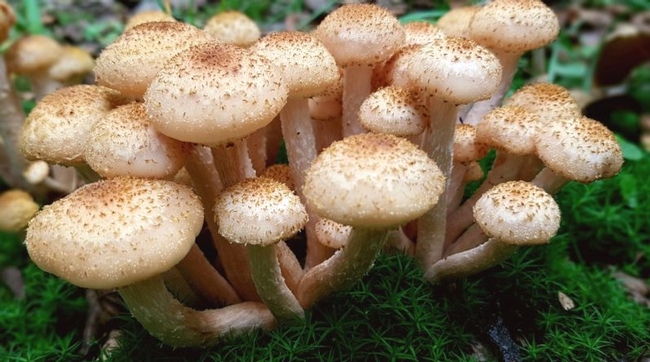
Armillaria mellea. (antropocene.it)

Armillaria tabescens. (ultimate-mushroom.com)
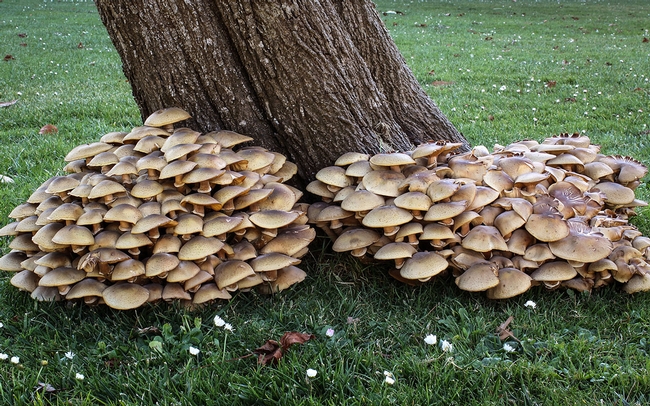
Armillaria at tree roots. (mykowebcom)

Mushrooms in lawn. (bobvila.com)
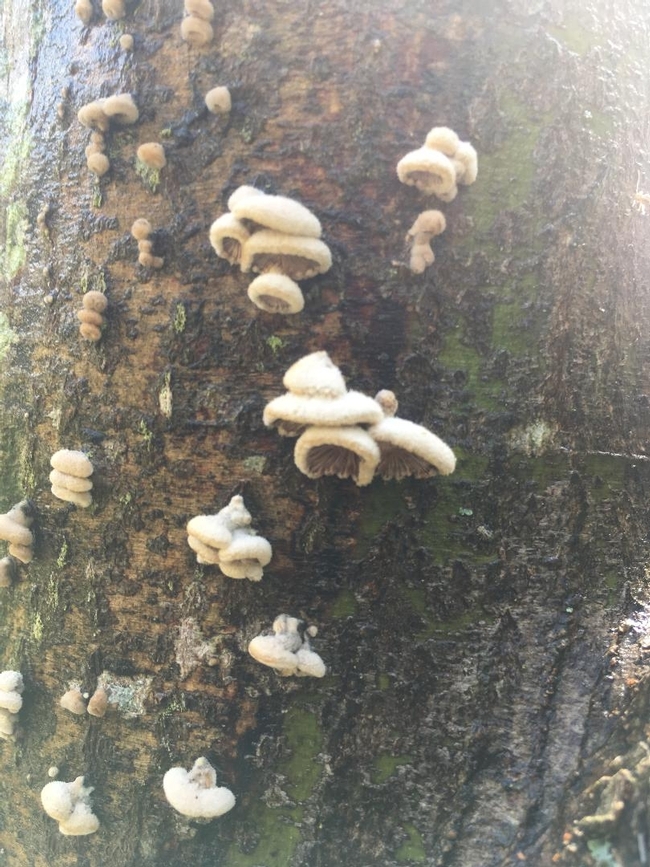
Fungi on tree. When this is on the outside, the fungi is deep inside the tree. (ucanr.edu)
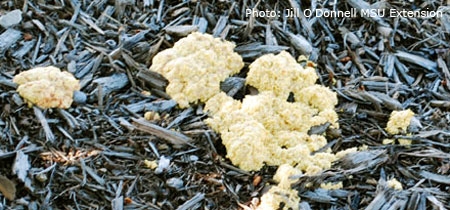
Slime mold 1. (lancaster.unl.edu)
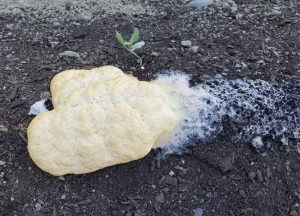
Slime mold 2. (extension.umaine.edu)

Toadstools and Mushrooms. (neilsperry.com)